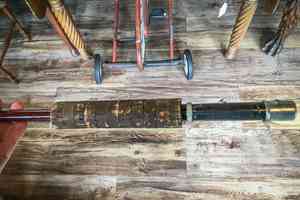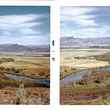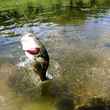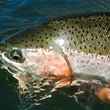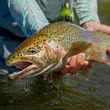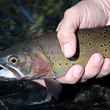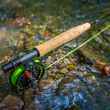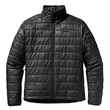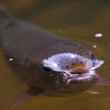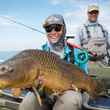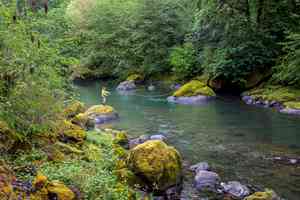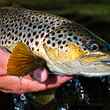Sometimes when we fish with friends, we foster an unspoken, cordial competition. You know, the “first fish, most fish, biggest fish” thing. Being successful at fly fishing means you’re likely doing something right—it’s a technical craft, for the most part, and doing it well is usually important to success. It feels good when you’re doing everything right, when you’ve put together a diverse set of elements into a single successful act, and it’s nice to measure your good fortune against others, particularly if they’re solid anglers.
High desert monsters
by Chris Hunt - Monday, Aug 10th, 2015
